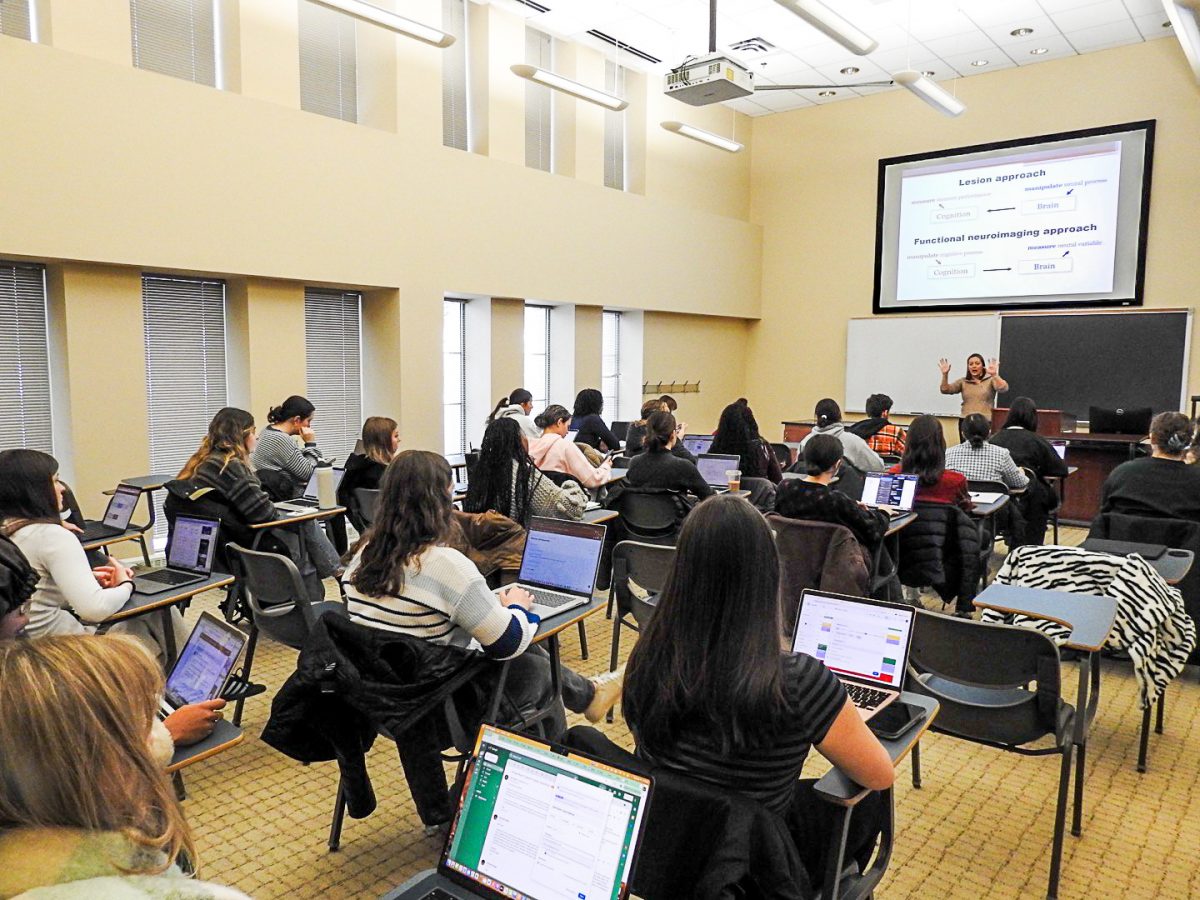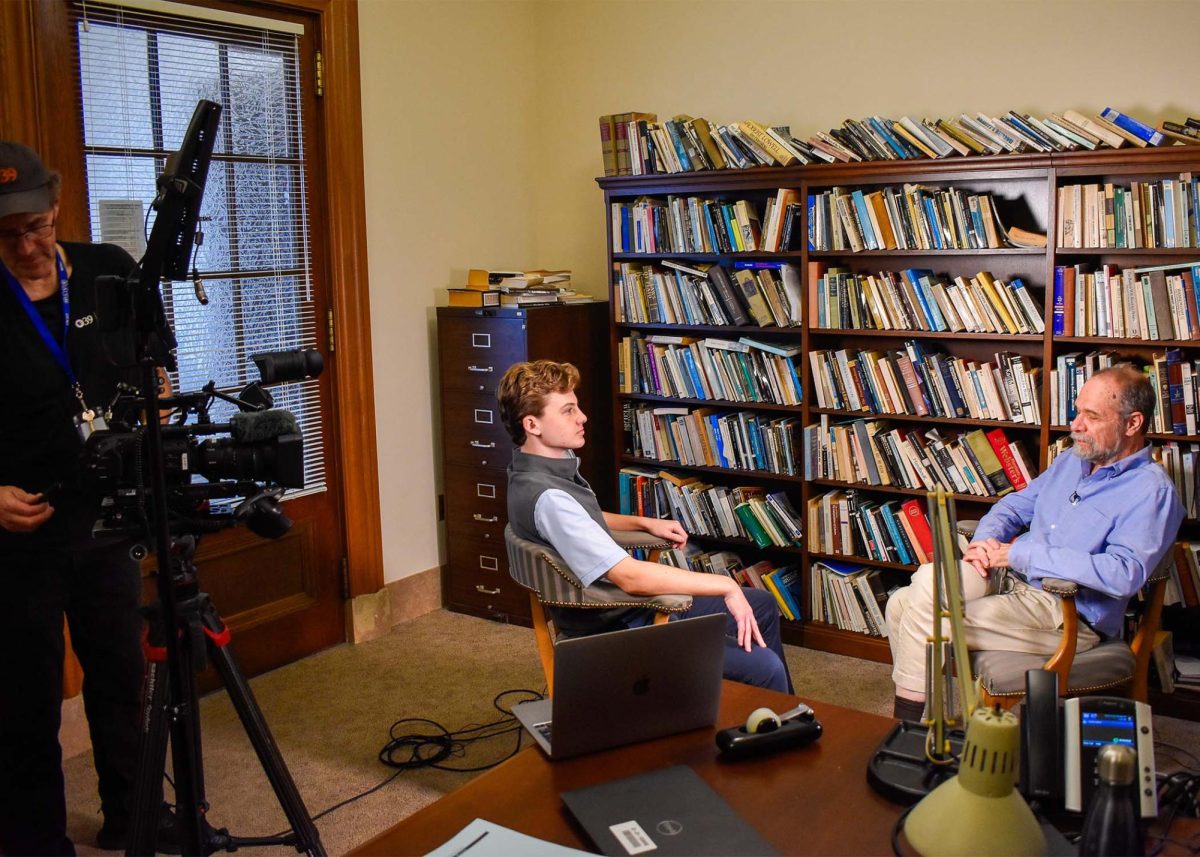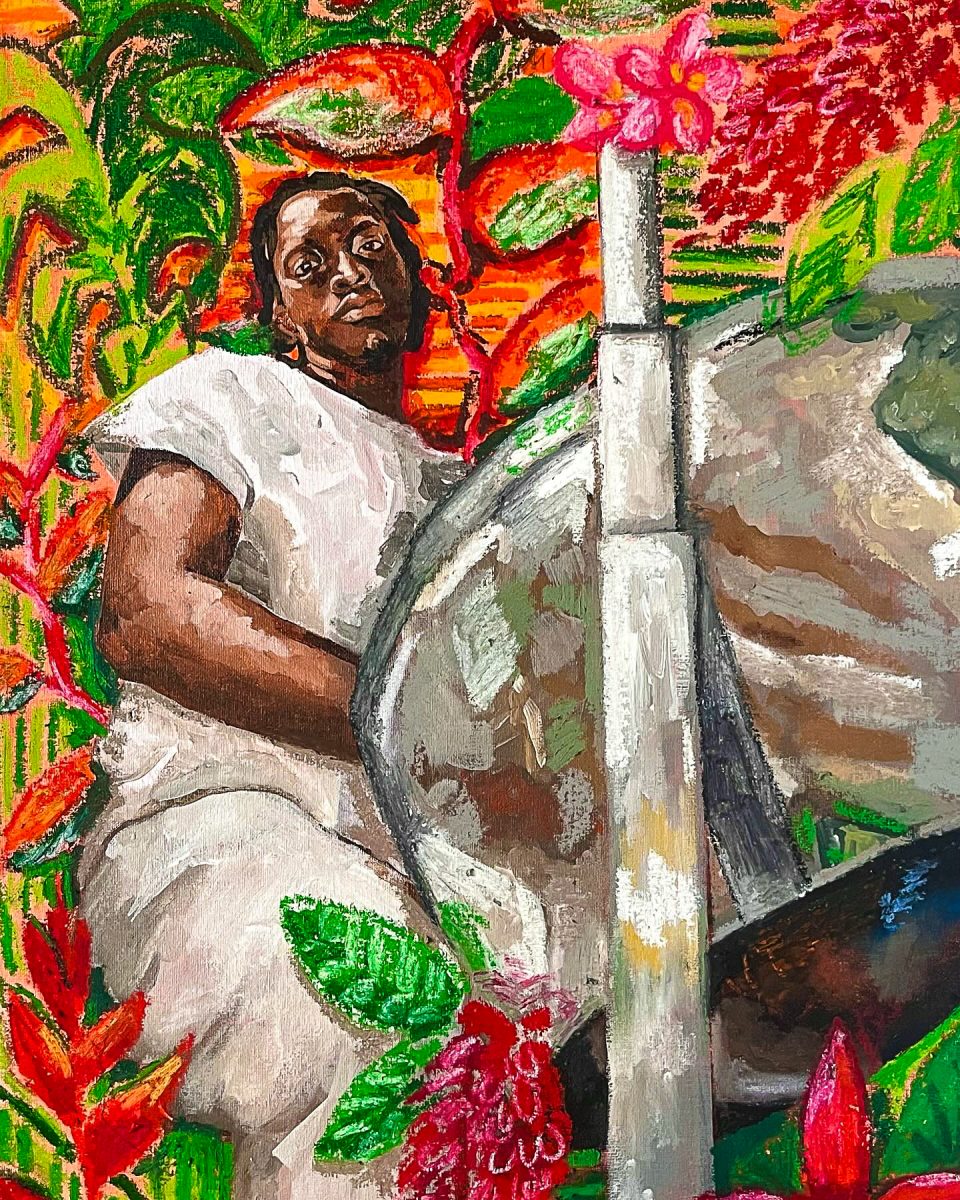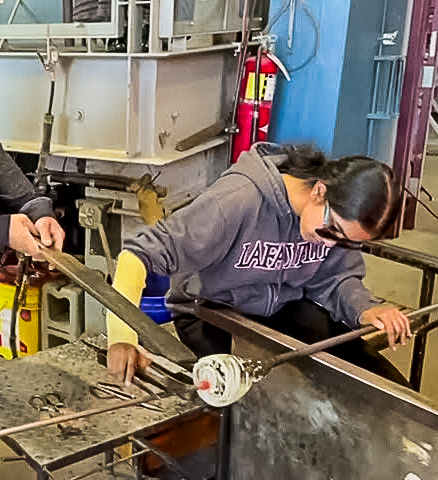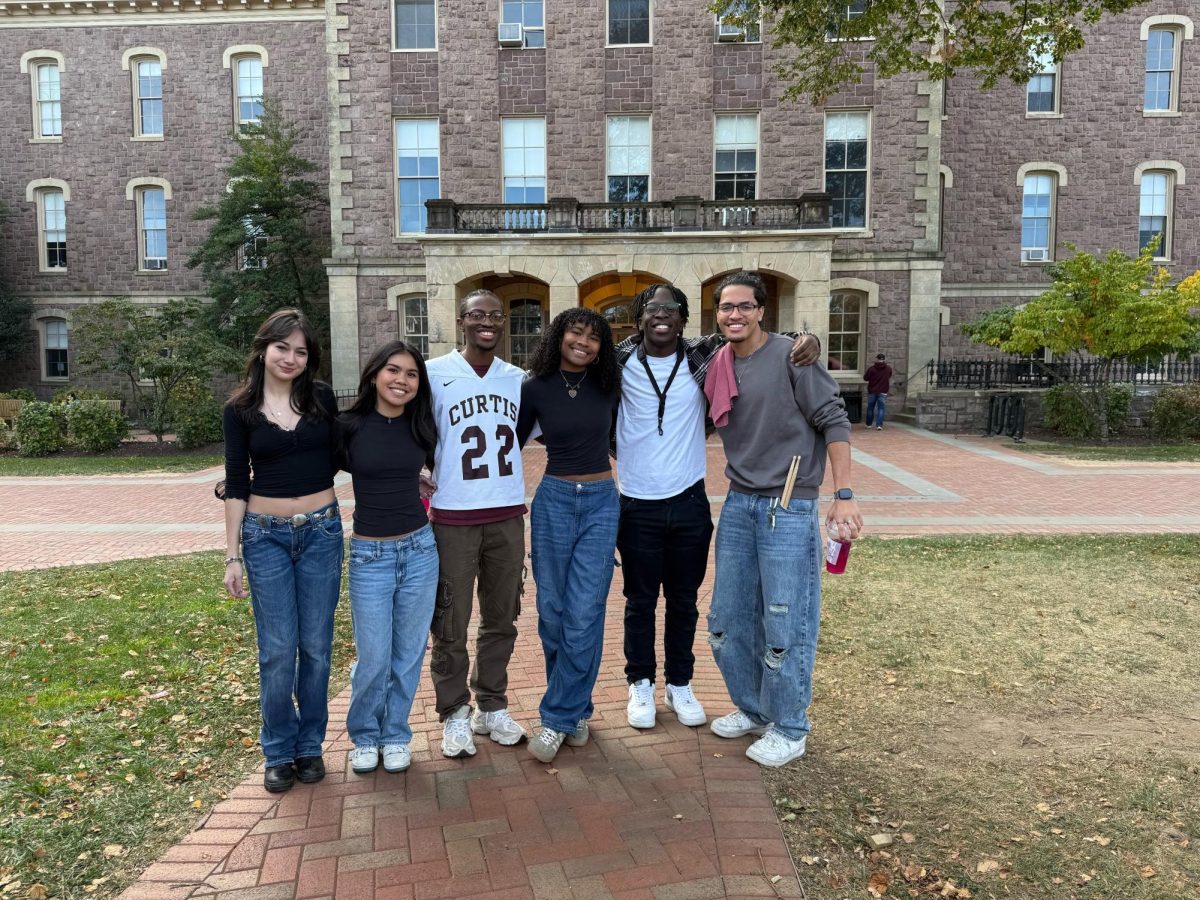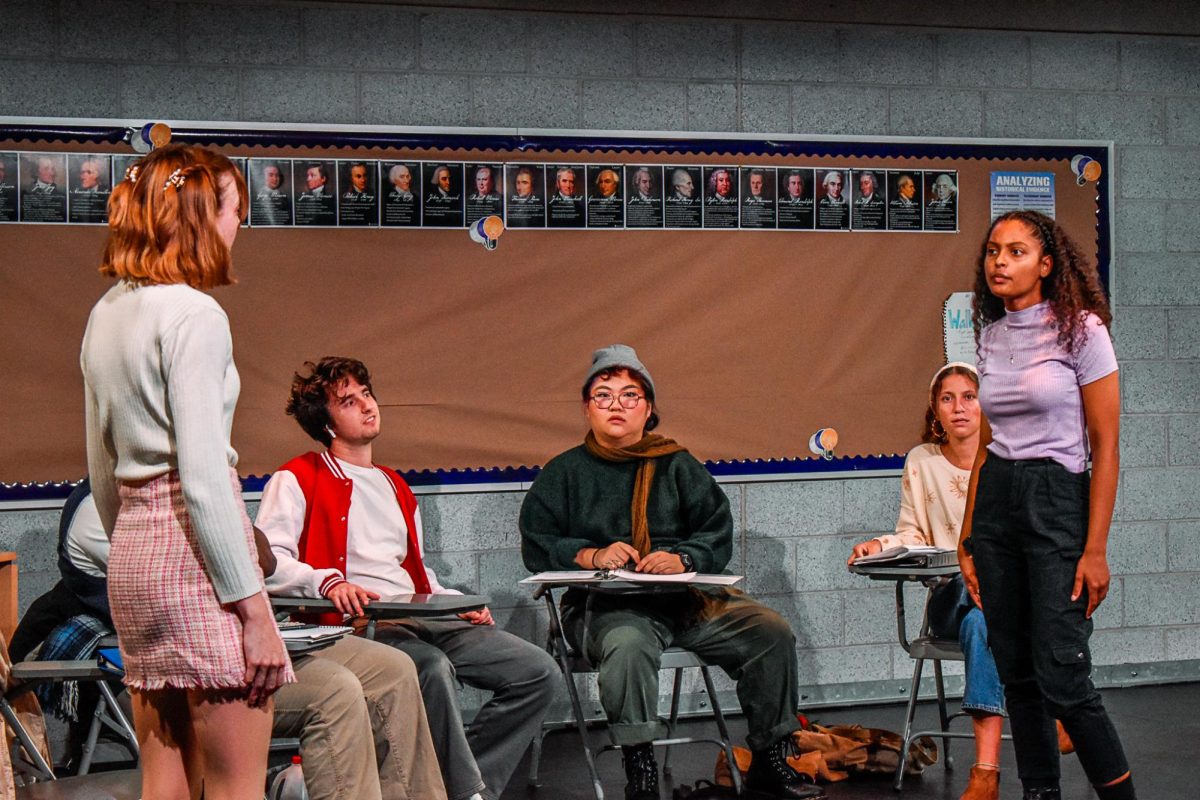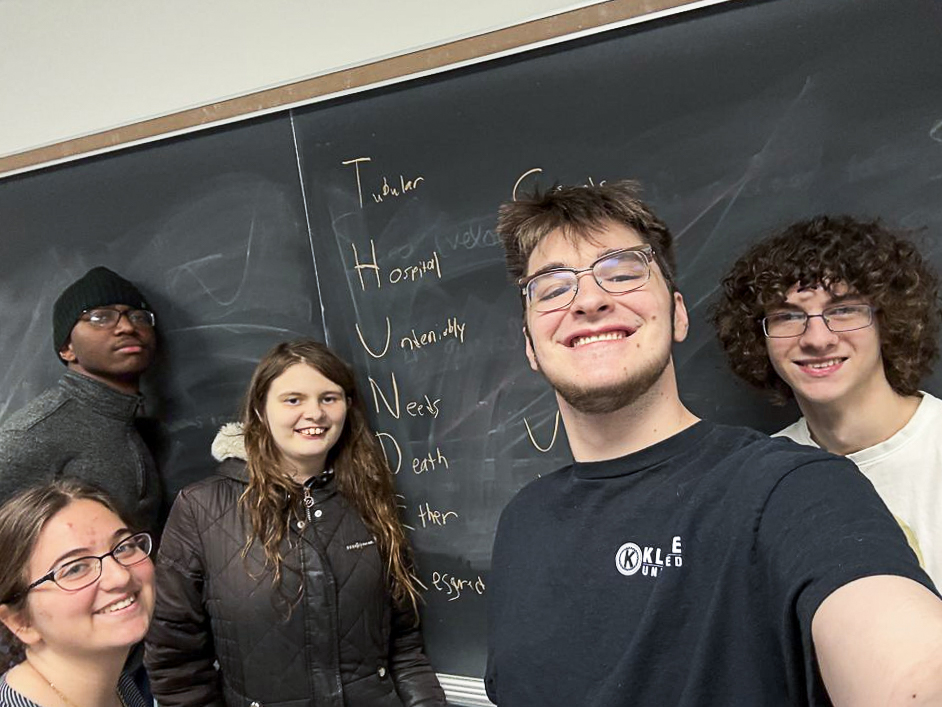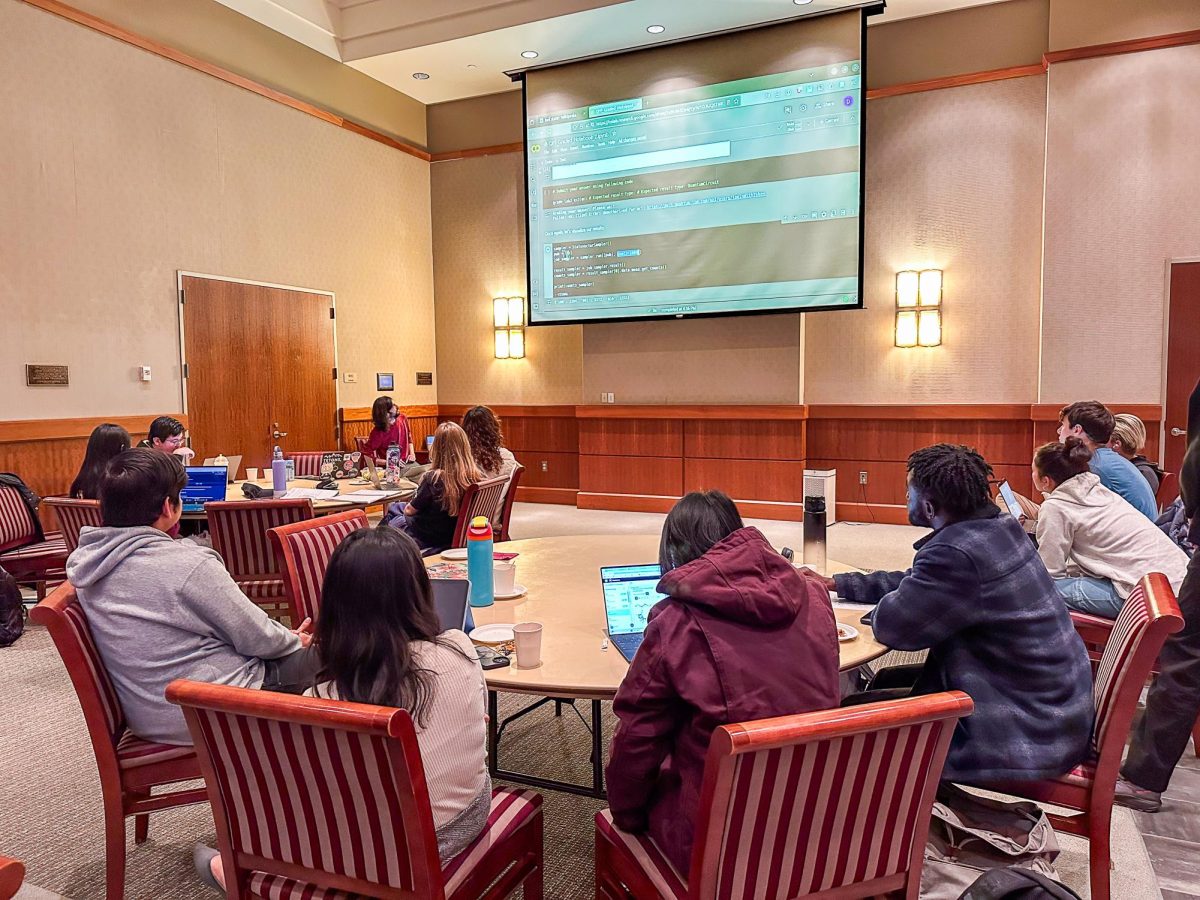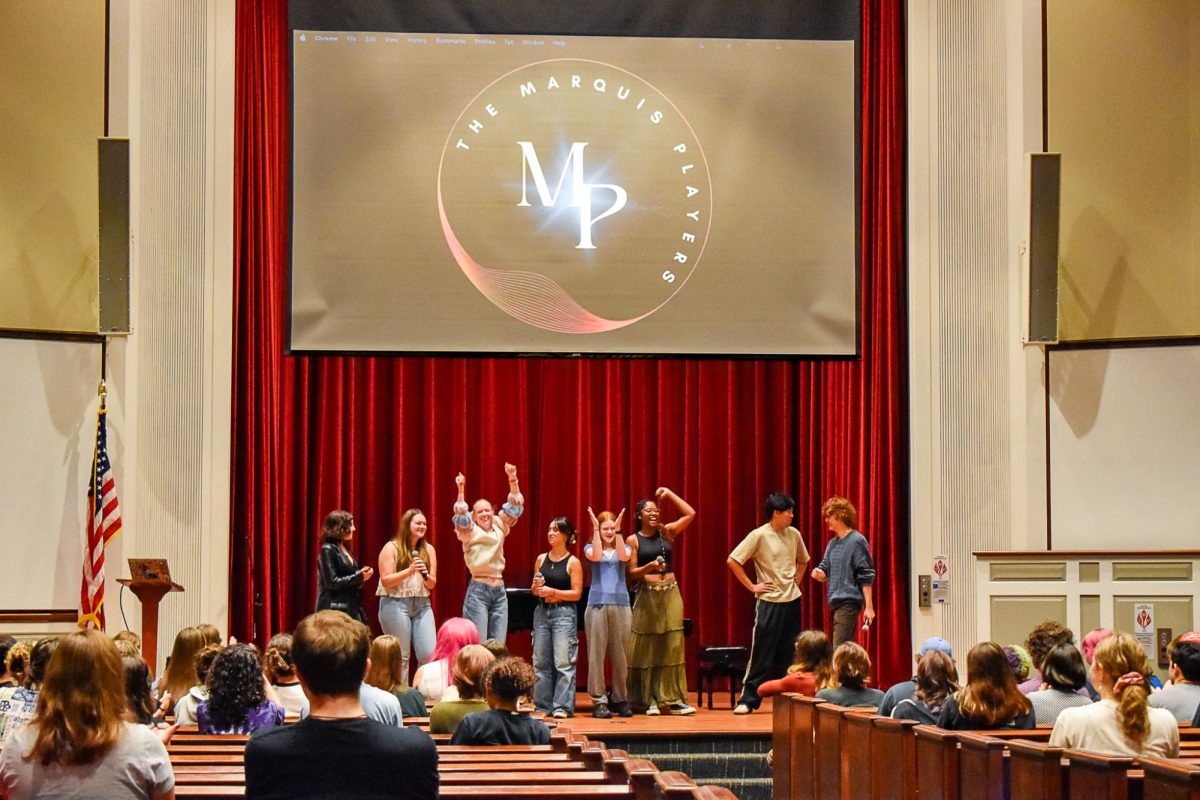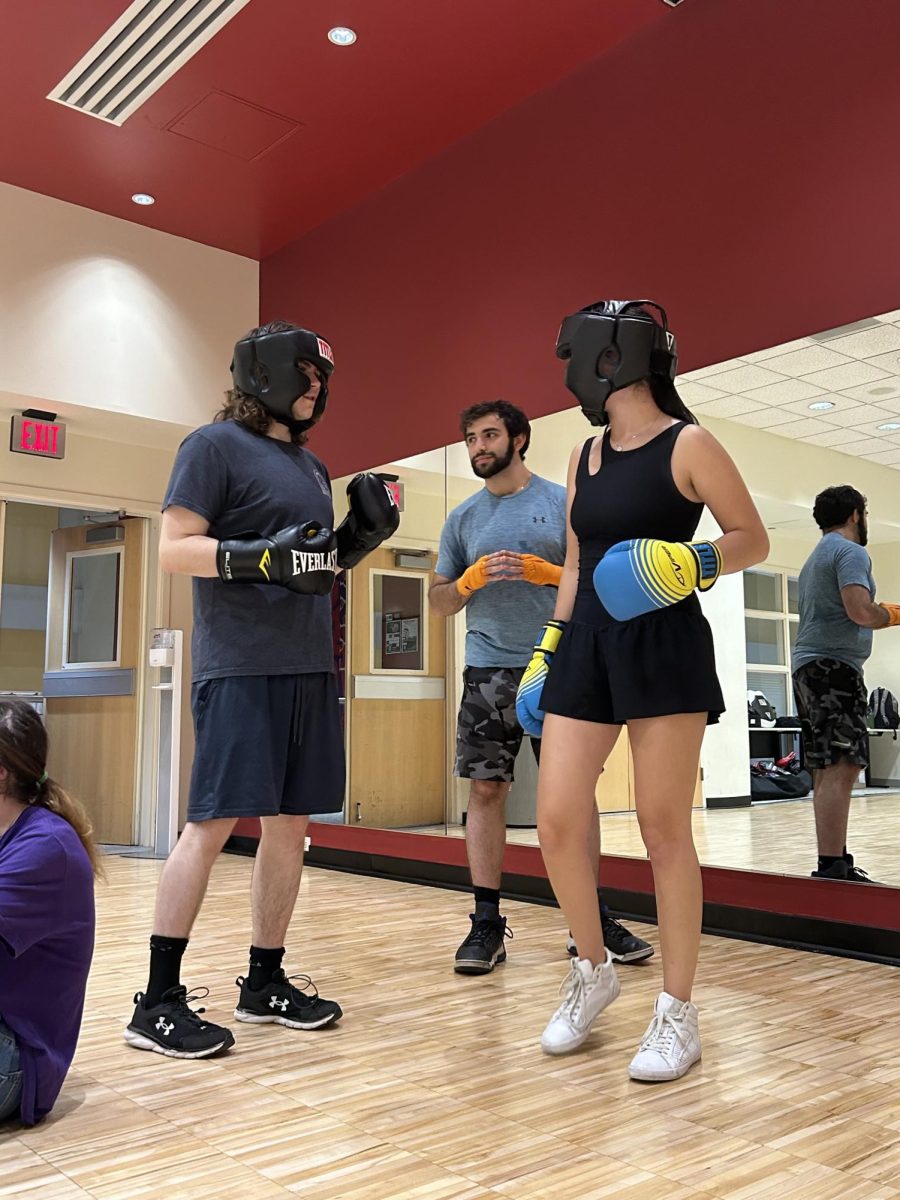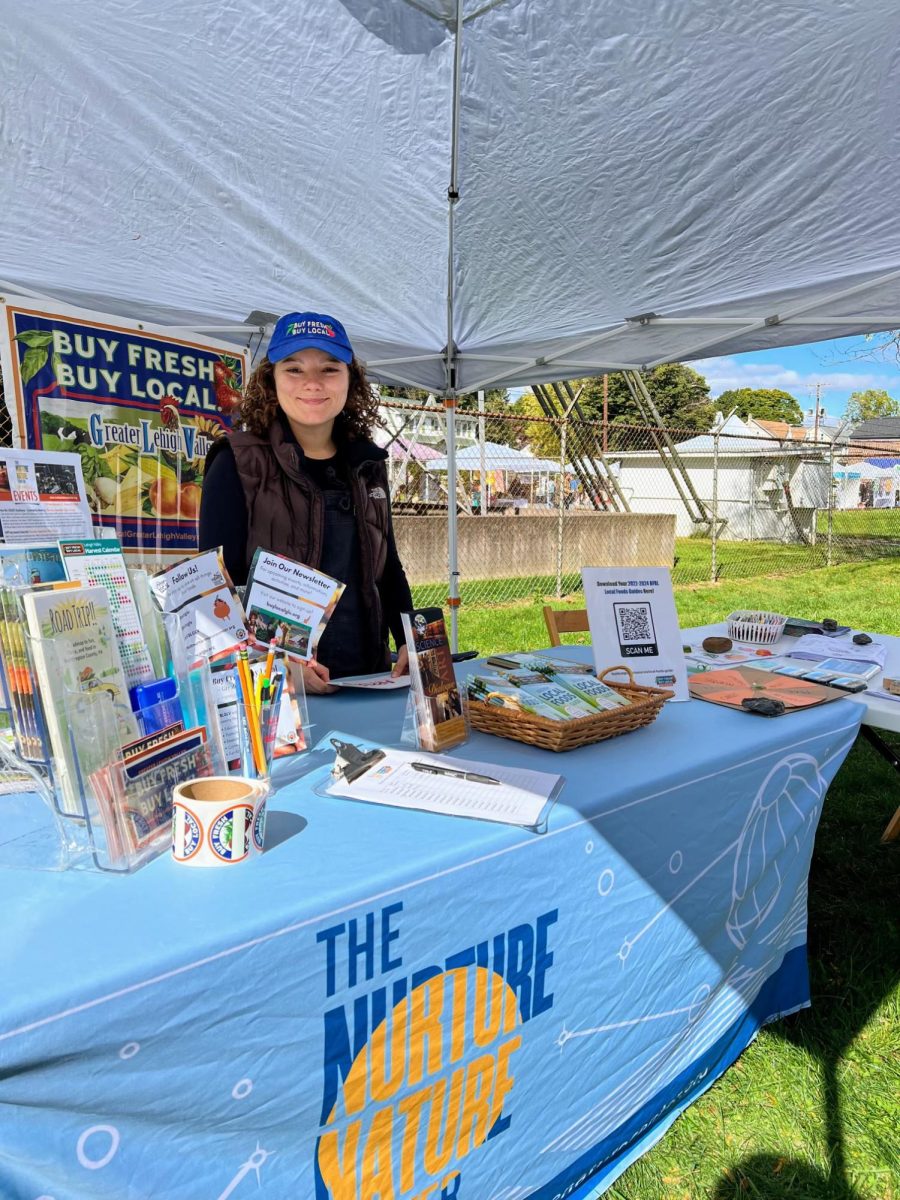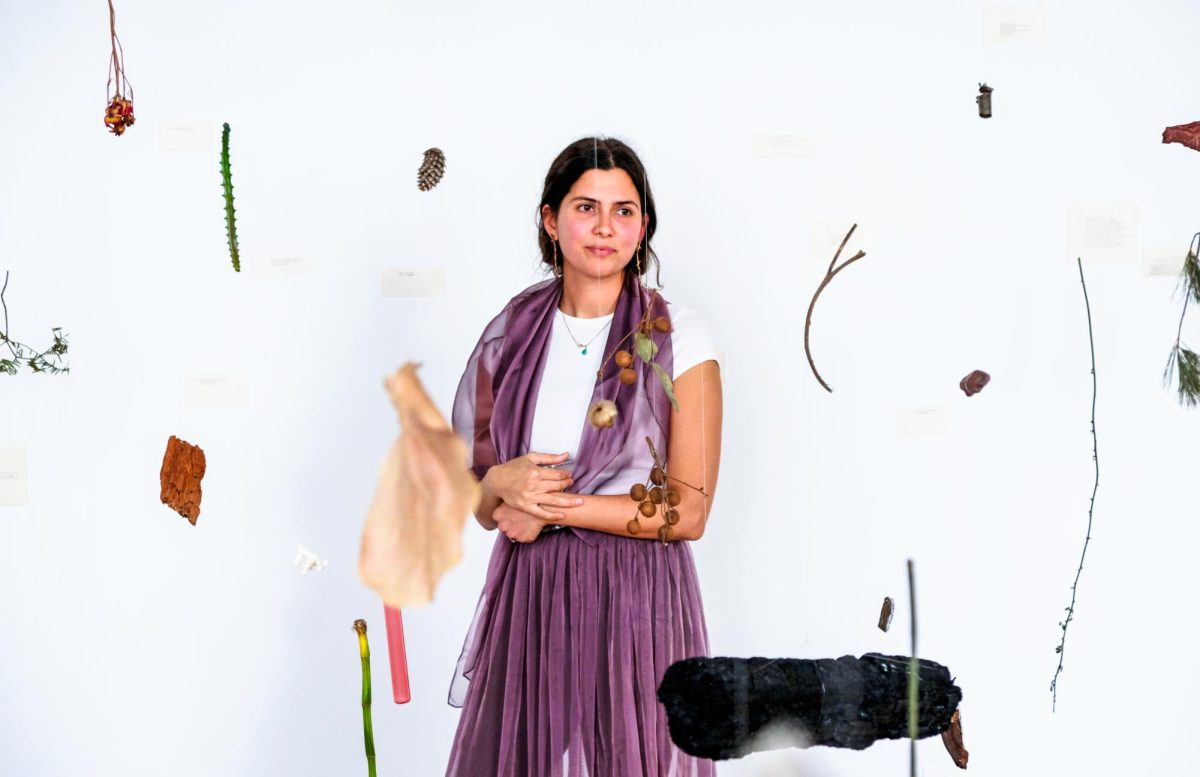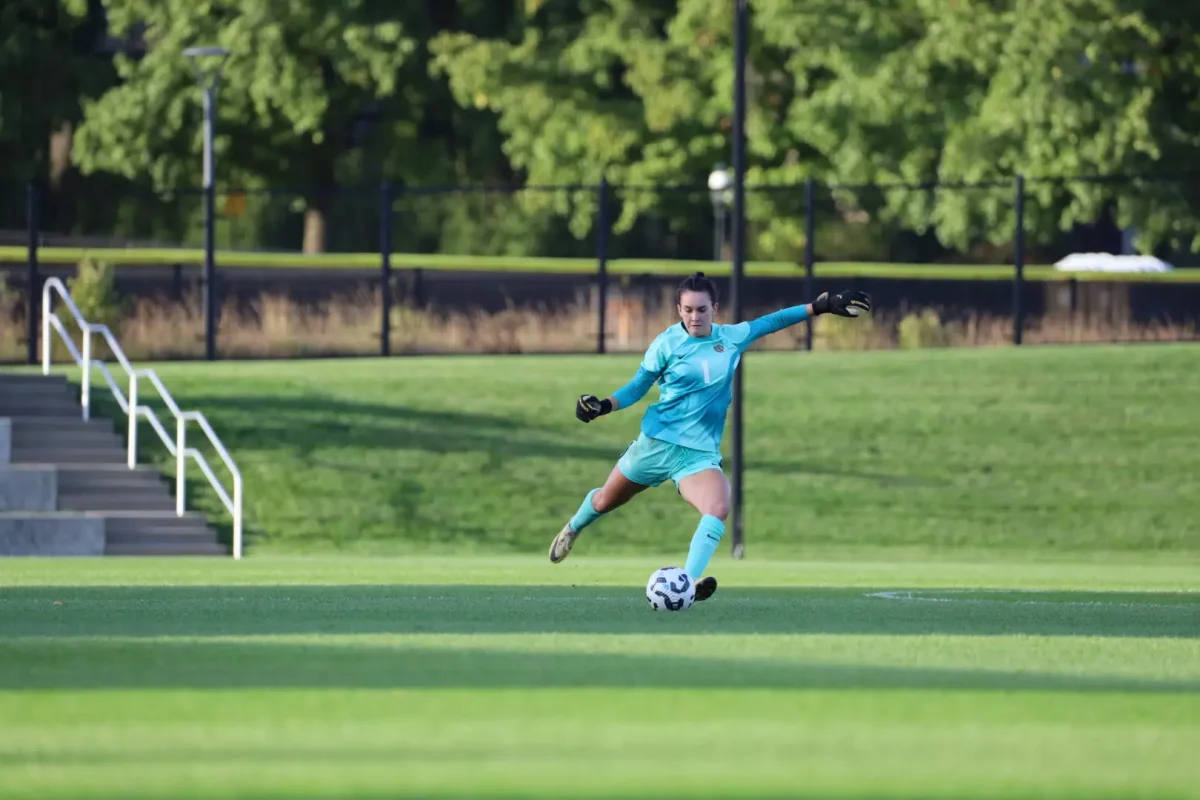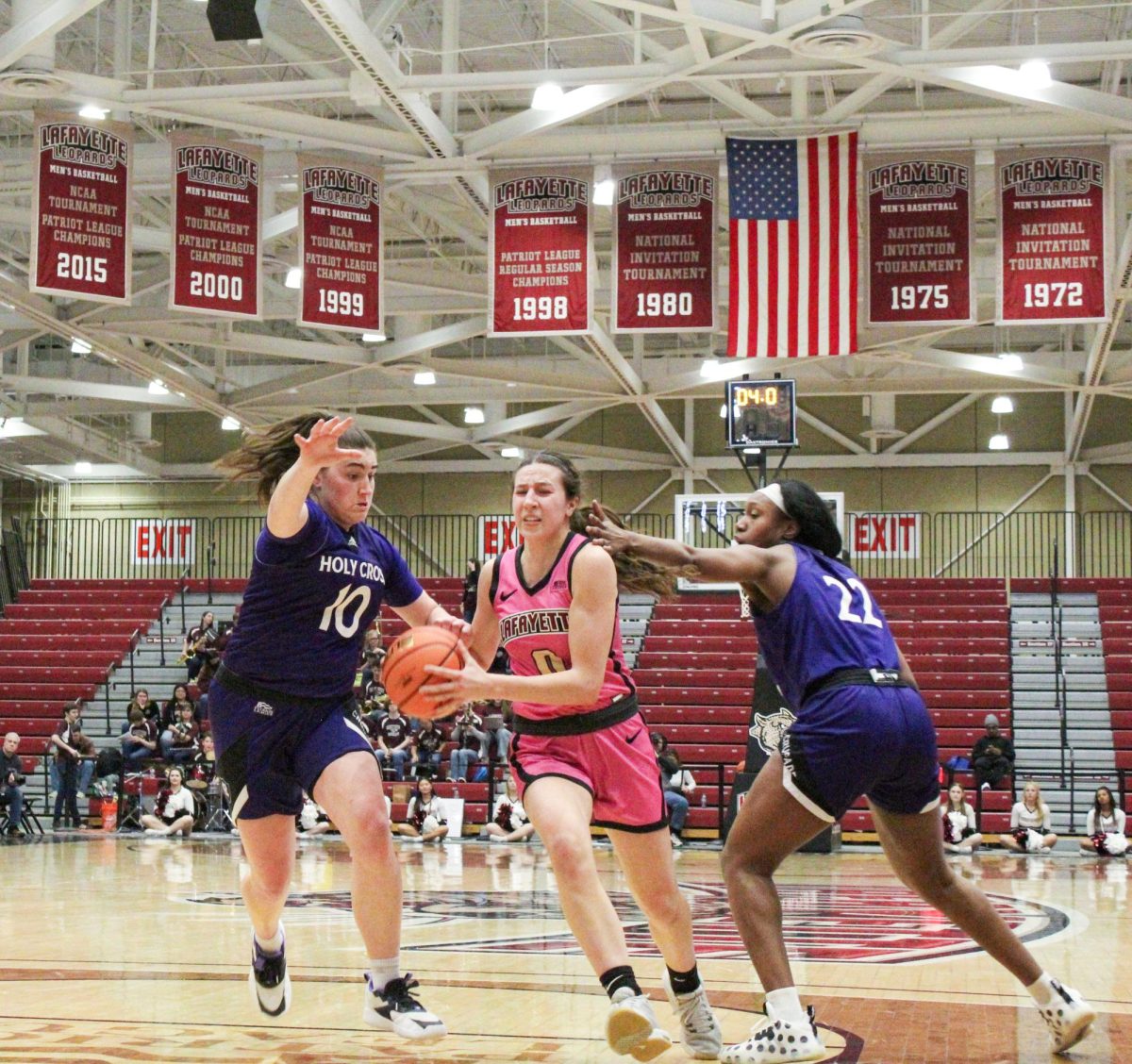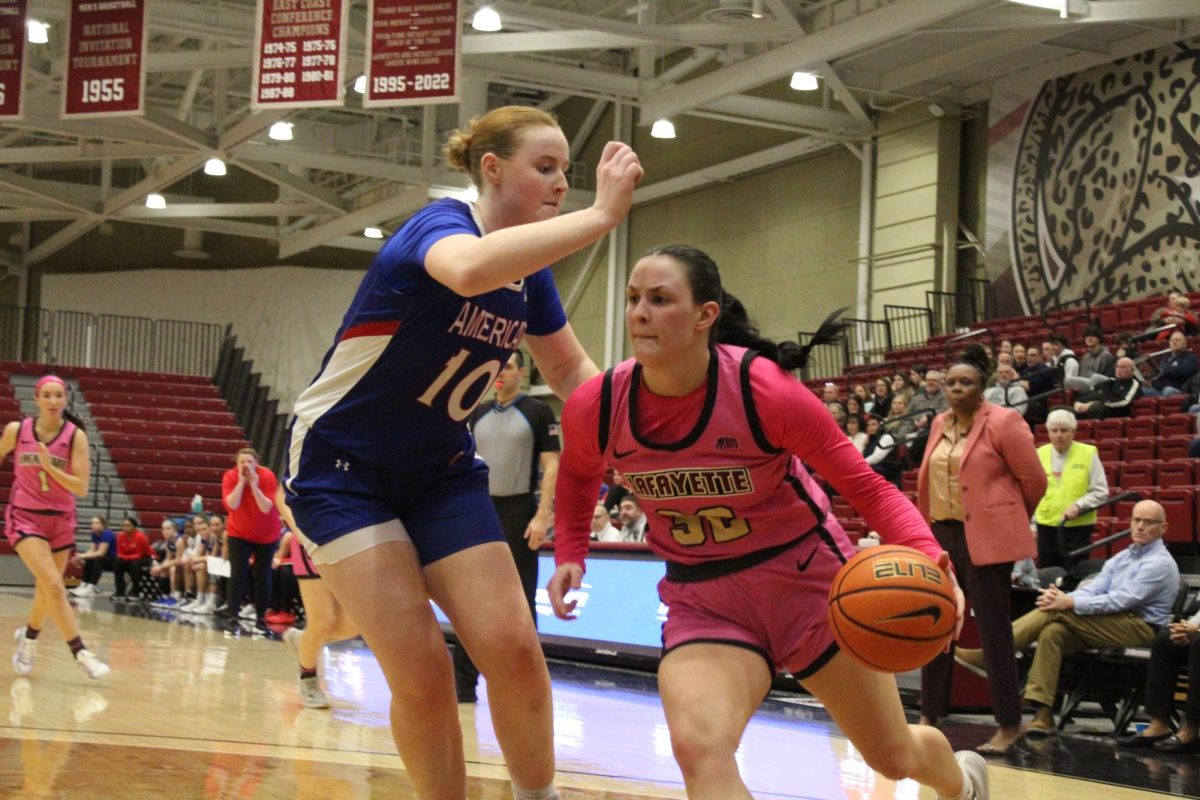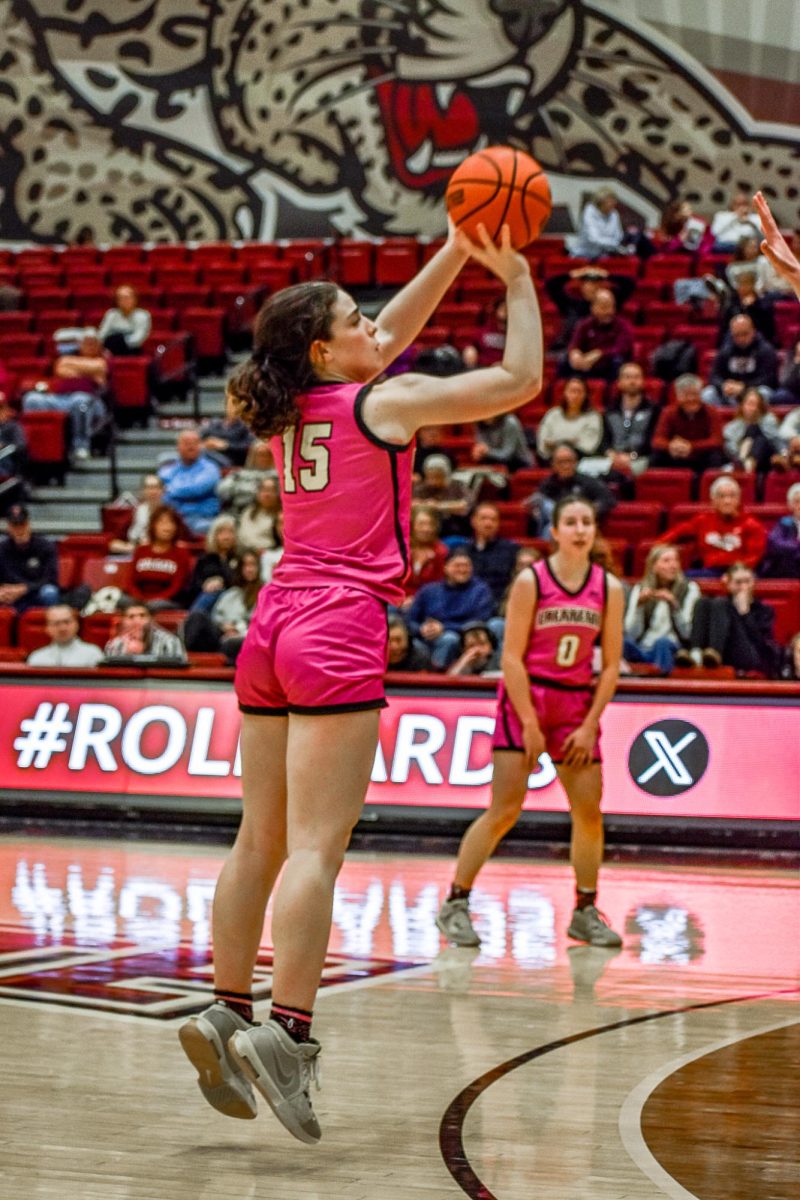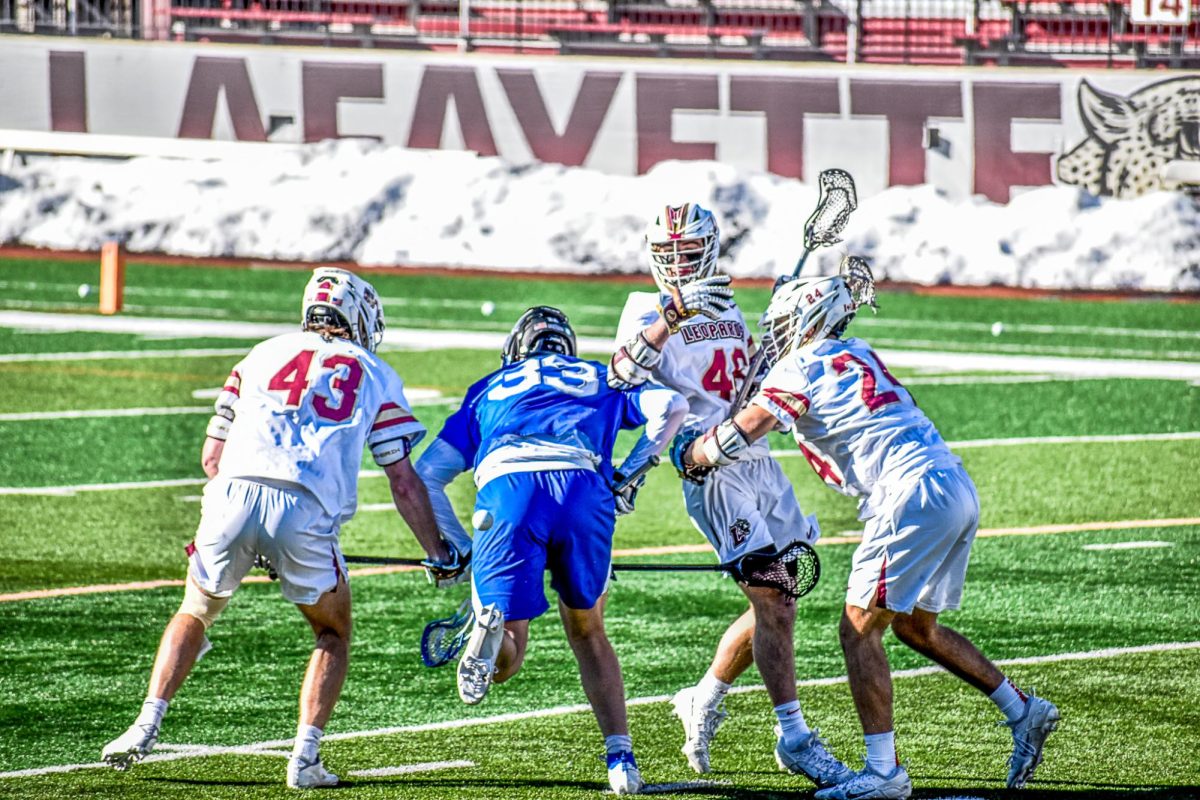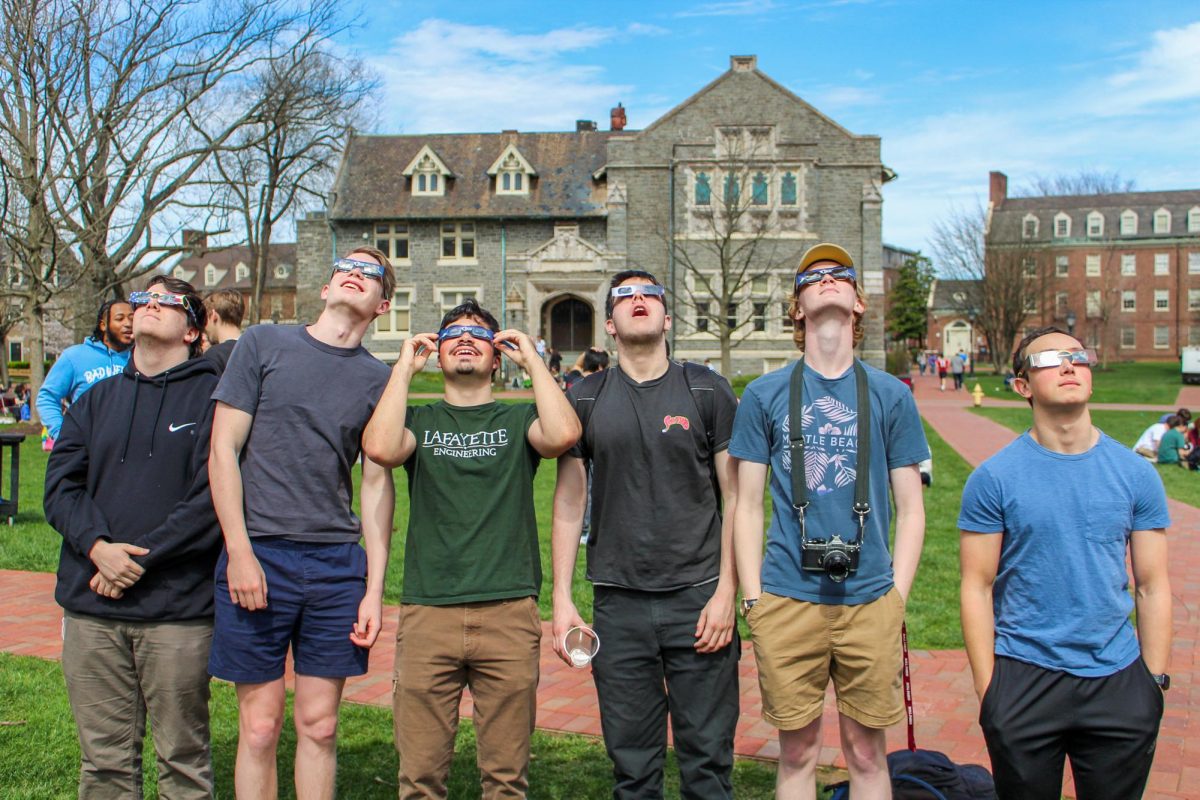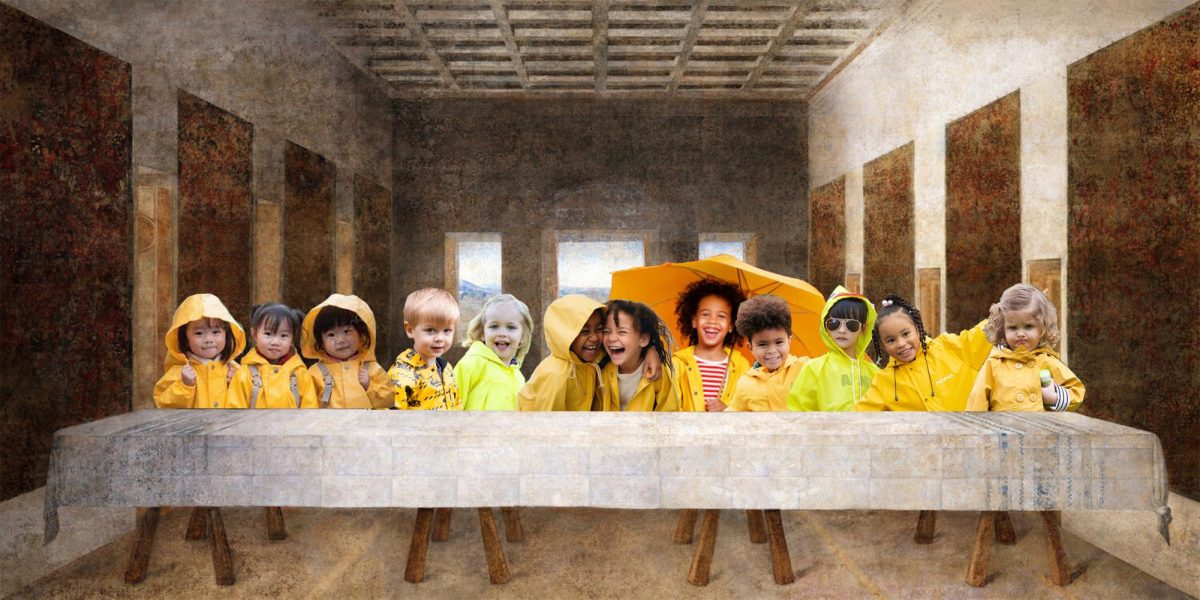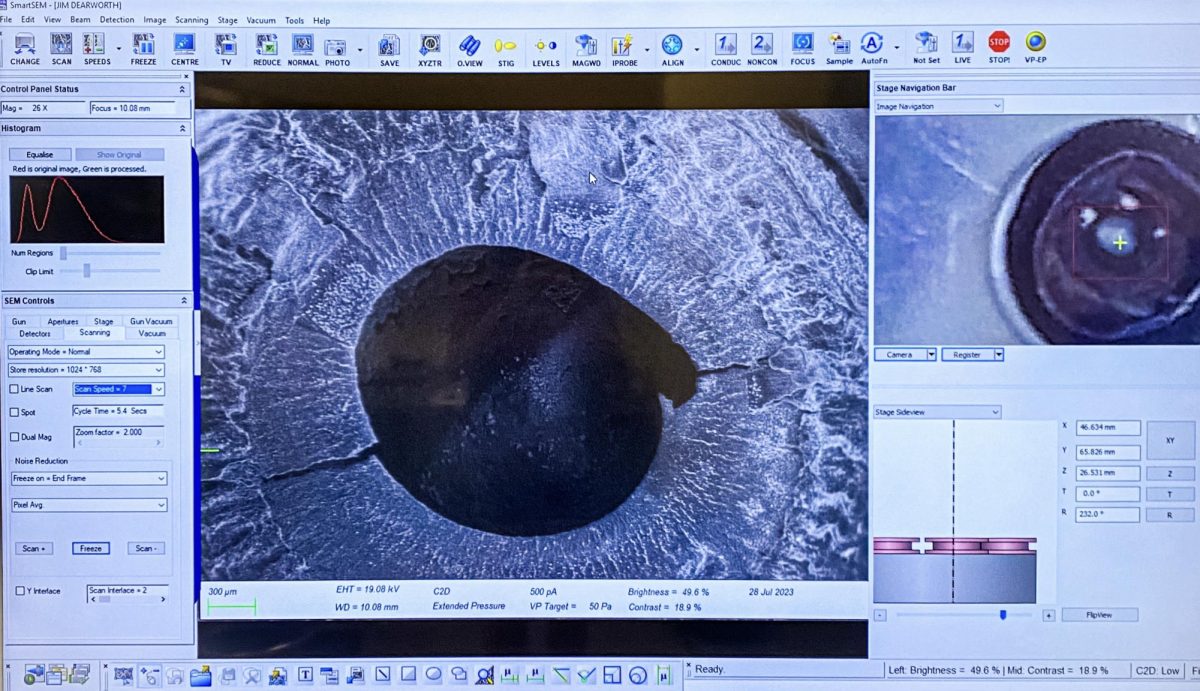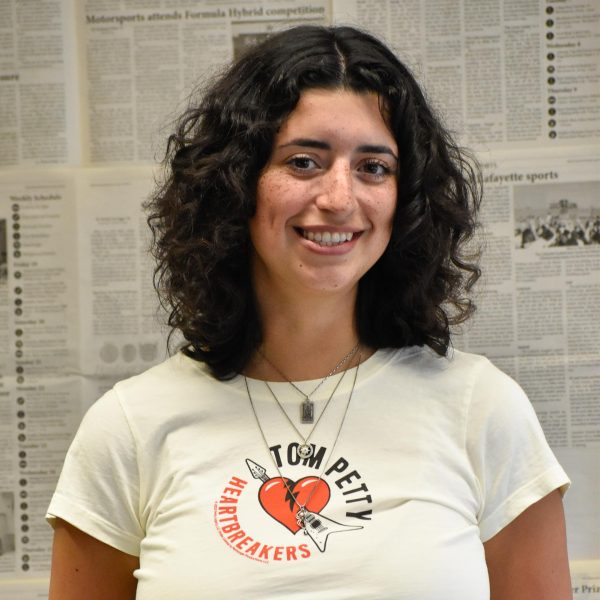Biology professor James Dearworth Jr. has been studying turtles for decades. What does he see in them? He was hoping you’d ask.
Dearworth studies the many components of turtle vision, from the muscles that control eye movement to the presence of light-sensitive retina proteins. Every semester, a small team of Lafayette College students works with Dearworth in his lab.
“There’s something special about the turtle’s physiology,” Dearworth said, noting the “resilient” nature of the turtle.
A large part of Dearworth’s research is related to melanopsin, a photopigment found in both humans and turtles. While humans only have melanopsin in their retina, non-mammals like turtles express melanopsin in tissues beyond the eye.
Dearworth’s work asks if the presence of this light-sensitive pigment might influence other turtle traits, like circadian rhythm, pupil response or gendered color expression.
In order to accomplish this research, a close inspection of the turtle’s eye is necessary.
“You can’t train a turtle to look at things,” Dearworth said. “The animal has to be sacrificed to be able to study it.”
For those faint of heart, Dearworth’s research methods may be alarming, but his student assistants are well-adjusted. Once Dearworth has euthanized and decapitated the turtle, student assistants like Jenna Blandina ’25 step in.
Blandina works with the retinas of turtles, primarily red-eared sliders. She began observing other students in Dearworth’s lab last year and now conducts her own research.
To study the retina, Blandina must remove an eye from a given decapitated turtle head and isolate the retina. She then injects the retina with a solution that makes it appear fluorescent under the microscope. After a moment, she injects the retina again with glutamate, another chemical, and watches for a change in fluorescence to measure the retina’s calcium response.
According to Blandina, her work hopes to mimic what might occur in a turtle’s body during a stroke.
“During strokes, glutamate is released and can cause an increase in calcium into neurons that cause neuron death,” she said.
Ryan Park ‘25, another of Dearworth’s student assistants, measures the eye colors of turtles. Last semester, he said, research assistant Shania Mendez ‘25 stained chicken and turtle eyes with “actin,” which binds to protein, and examined the results beneath the microscope.
Park said that his participation in the lab has taught him a variety of skills, from imaging to data analysis.
“Skills that I think are really valuable for just any person who’s going into biology,” he said.
“I go to other institutions, they’re not doing research like we are here,” Blandina said. “We are very lucky to have the equipment that we have here. This is like graduate-level microscopes.”
Park said that it’s “never too late” to participate in research.
“If you find that professor that is willing to take you in and wants to teach you, I think that’s such a great thing, and we should take advantage of that,” Park said.
Disclaimer: Managing Editor Selma O’Malley ’26 is a part of Dearworth’s lab. She did not contribute writing or reporting.







